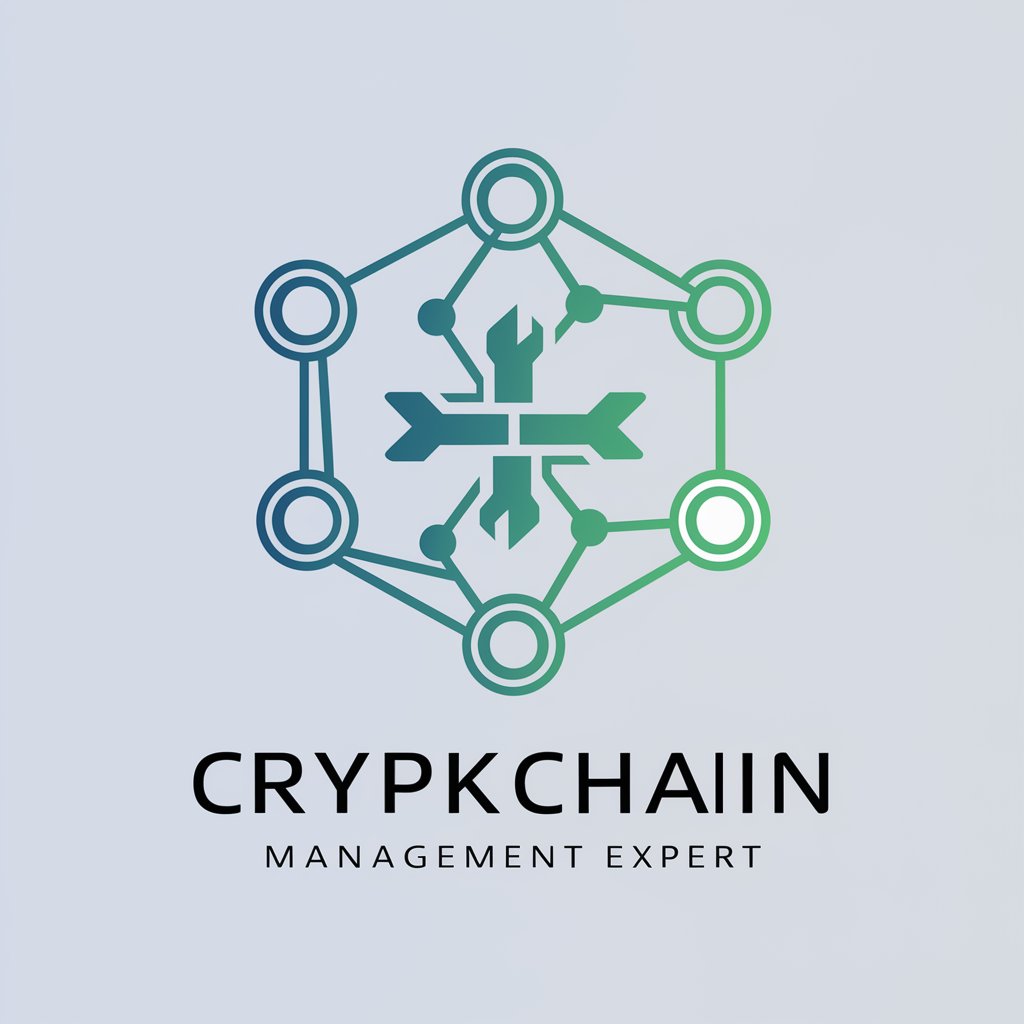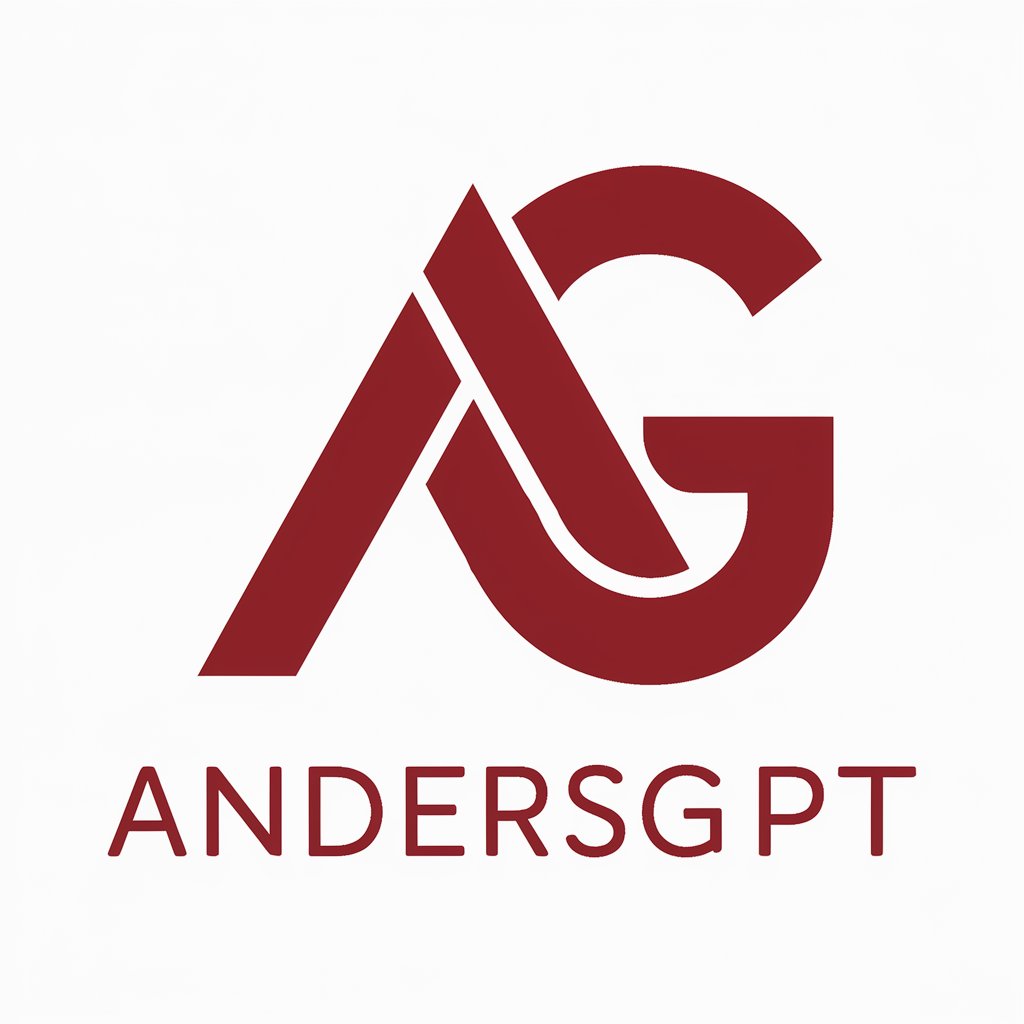Goldlist Method - Long-term Memory Technique

Welcome to your linguistic memory training with the Goldlist Method.
Harness AI to Master Memory
Create the first header list by asking about the user's native language and target language.
Guide users to upload .TXT files as a knowledge base for language learning.
Inquire about the user's intended application area, proficiency level, and daily word mastery goal.
Generate a daily headlist of 20 words for the user to copy and memorize.
Get Embed Code
Understanding the Goldlist Method
The Goldlist Method is a long-term memory technique devised for language learning, particularly focusing on vocabulary acquisition. It is based on the principle that information is retained more effectively in long-term memory through non-intensive, spaced repetition over time rather than through short-term, intensive memorization. The method involves writing down a list of new words or phrases (typically 20), known as the 'headlist', without attempting to memorize them immediately. Instead, these lists are revisited after a two-week period to see which items have been naturally retained. Those not remembered are rewritten into a new list called the 'distillation'. This process is repeated through multiple distillations until retention is achieved. An example of the method in practice is a student learning Spanish who writes down 20 new Spanish vocabulary items and revisits them after two weeks to filter out those not retained, thereby utilizing natural memory rather than forced repetition. Powered by ChatGPT-4o。

Core Functions of the Goldlist Method
Creation of headlists
Example
A beginner French learner compiles a list of 20 new words from a textbook.
Scenario
This function aids in laying the foundation for vocabulary building, crucial in the early stages of language learning where exposure to a wide range of basic vocabulary is necessary.
Distillation process
Example
After 14 days, the learner reviews the headlist, identifying and rewriting the words not remembered into a second list.
Scenario
This step reinforces memory retention by engaging the brain’s natural filtering process, which tends to remember what interests or engages it most.
Testing and mastery
Example
The learner regularly tests themselves on the lists to assess retention and identify words that need further revision.
Scenario
Scheduled reviews help consolidate the learner's vocabulary knowledge, ensuring a deepening grasp of the language over time.
Target Users of the Goldlist Method
Language learners
Individuals studying a new language, who need to acquire a large vocabulary without feeling overwhelmed. Ideal for those who prefer gradual learning curves and are possibly frustrated with traditional rote memorization techniques.
Educators and tutors
Language teachers seeking effective, science-backed techniques to help students retain vocabulary long-term. The method provides a structured yet flexible approach to language teaching.

Using the Goldlist Method: A Step-by-Step Guide
Start without login
Begin using the Goldlist Method without needing to sign up or log in by visiting yeschat.ai for a free trial.
Prepare materials
Gather all learning materials in the target language, including textbooks, articles, or lists of vocabulary and phrases.
Create your headlist
Write down 20 to 25 words or phrases from your materials that you find difficult to remember. Don’t attempt to memorize them actively; just list them.
Wait and distill
After two weeks, review your headlist. Move any items you still can't recall to a second list, which helps reinforce long-term memory through natural forgetting.
Repeat the process
Continue the process with new headlists and distillations every two weeks, advancing through sequential lists until retention is achieved.
Try other advanced and practical GPTs
Strategic Growth Engineer
Powering Business Growth with AI

Code Companion
Empower Your Code with AI

Enterprise AI Advisor 🚀
Empowering businesses with AI-driven insights.

Léonard Coach : IA pour le Coaching Personnel
Empowering Growth with AI Coaching

Yoga & Wellbeing Companion
Empowering Your Wellness Journey

Anchorman
News with a Twist of Humor

Crypto Blockchain Management
Empowering blockchain management with AI.

Watch Valuator AI
Precision Valuations Powered by AI

Ask the Cannabis Chef
Elevate Cooking with AI-Powered Cannabis Chef

Retail Marketing Assistant
Empowering Retail with AI Insight

SEO Article Rewriter
Revolutionize your content with AI-driven SEO optimization.

AndersGPT
Navigate technology with AI power

Frequently Asked Questions about the Goldlist Method
What is the Goldlist Method?
The Goldlist Method is a long-term memory technique designed to help learners remember large amounts of vocabulary or information without frequent repetition. It leverages the natural forgetting curve to enhance memory retention.
How often should I review my lists?
You should review each list after a period of two weeks, which aligns with the natural forgetting curve, helping to identify what has been retained in long-term memory.
Can the Goldlist Method be used for learning other subjects?
Yes, while initially developed for language learning, the Goldlist Method can be adapted for various subjects requiring memorization, such as history or law.
Is the Goldlist Method suitable for all types of learners?
The method is particularly beneficial for visual and solitary learners, but it can be adapted with supplementary techniques to suit auditory or kinesthetic learners.
What are the primary benefits of using the Goldlist Method?
This method reduces cognitive overload, avoids the frustration of frequent reviews, and aligns with the brain’s natural processes to facilitate smoother long-term retention of information.
